15 Beloved ’70s TV Shows That Flopped Over Time
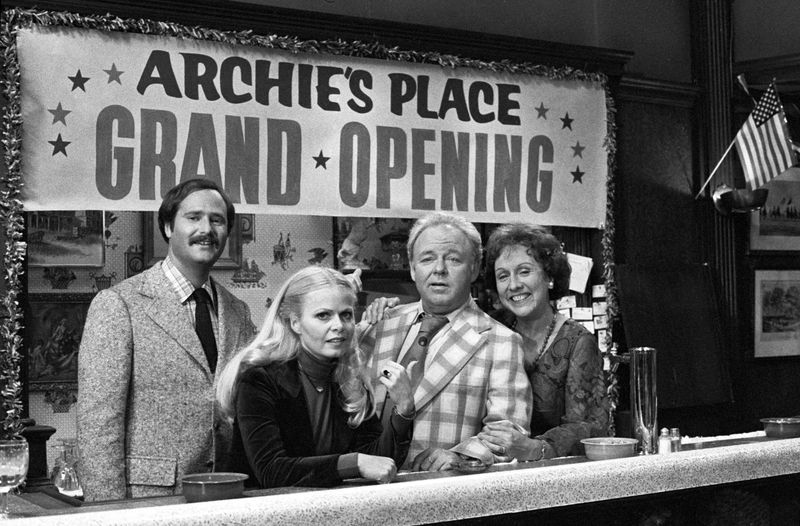
The 1970s were a golden era for television, bringing us shows that broke new ground and captured our hearts. These programs defined entertainment for a generation with their catchy themes, colorful characters, and groundbreaking storylines. However, not all classics stand the test of time. Looking back now, many beloved ’70s shows seem dated, problematic, or just plain weird compared to today’s standards.
1. Three’s Company (1977-1984)
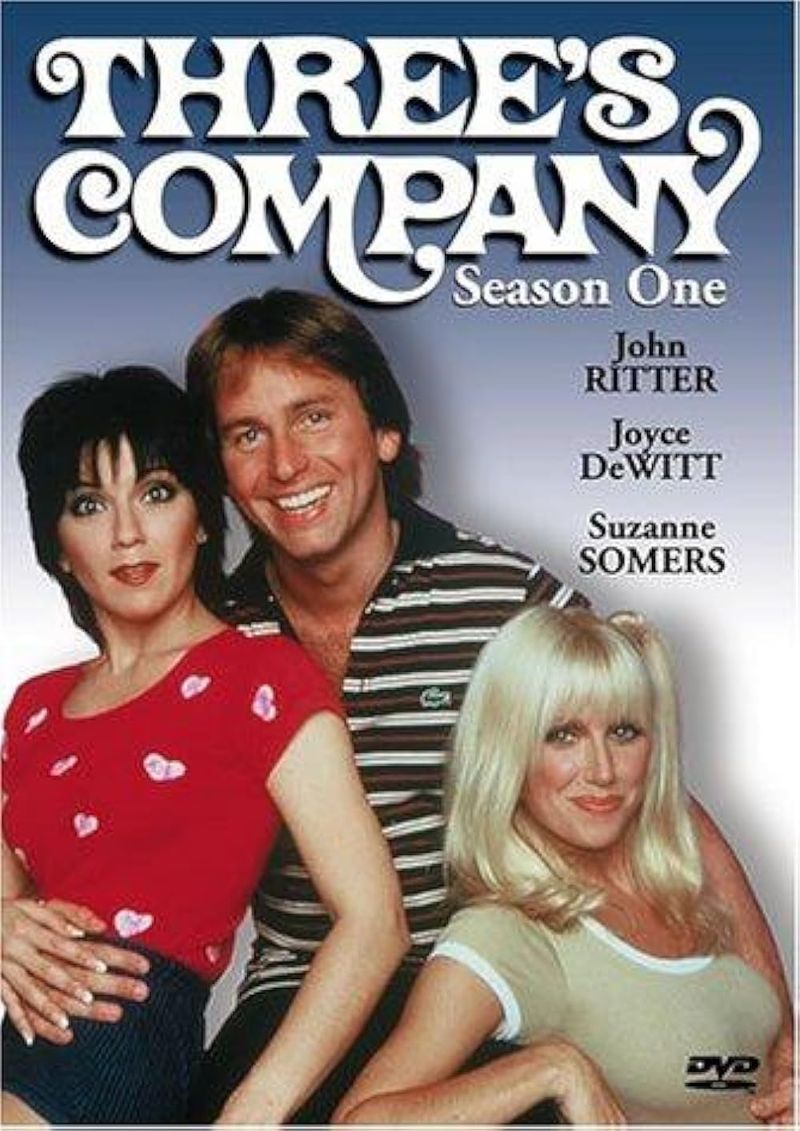
Jack Tripper’s fake-gay routine once had America in stitches, but those laughs feel uncomfortable today. The sitcom’s entire premise rested on sexual misunderstandings and gender confusion that modern viewers find more cringe-worthy than funny.
The show’s treatment of women hasn’t aged well either. Landlord Mr. Roper’s constant put-downs of his wife and the endless blonde jokes aimed at Chrissy feel mean-spirited rather than humorous now. Even the later seasons featuring Don Knotts as the new landlord couldn’t escape the dated format.
While John Ritter’s physical comedy remains impressive, the show’s reliance on gay panic jokes and women as sex objects makes Three’s Company feel like a relic from a less enlightened time.
2. The Love Boat (1977-1986)
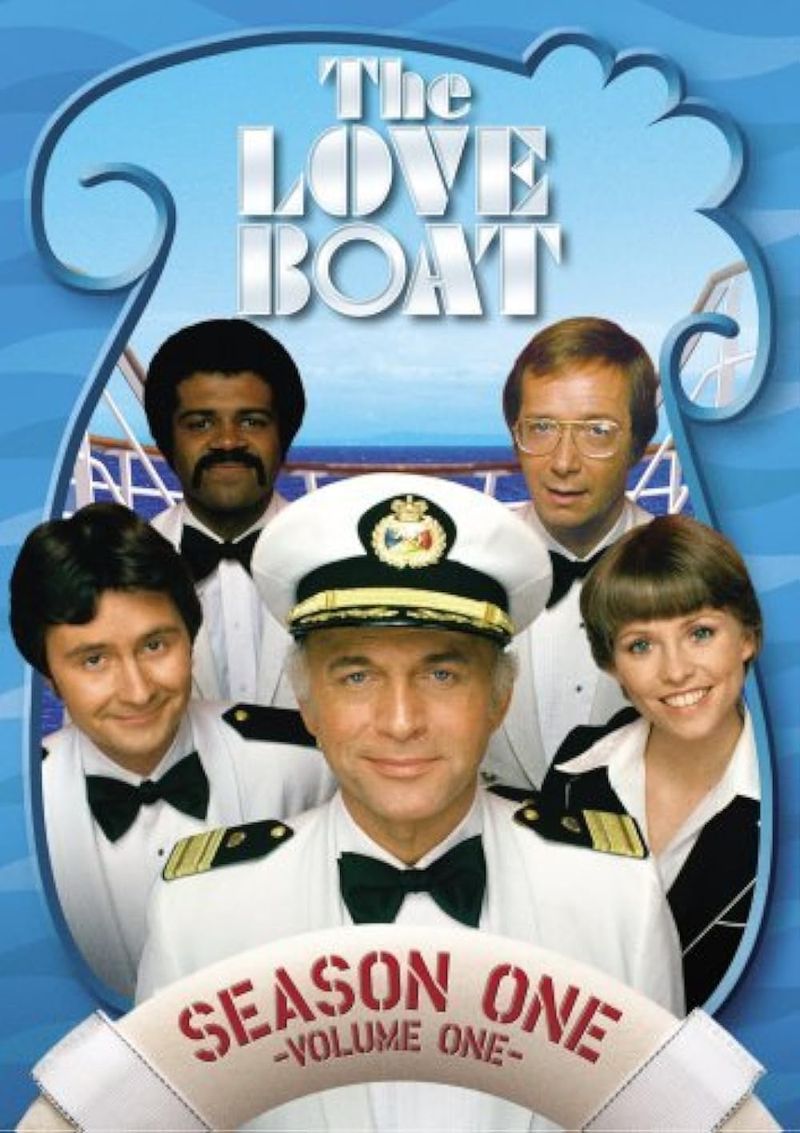
Captain Stubing’s Pacific Princess once sailed smoothly through prime time, drawing A-list guest stars to its weekly tales of romance on the high seas. The formula was simple yet effective: three separate storylines per episode, all wrapped up neatly before docking.
Fast forward to today, and the show’s paper-thin plots feel as substantial as tissue paper in a hurricane. The predictable romantic pairings, corny dialogue, and complete lack of real-world problems make The Love Boat seem almost comically naive by current standards.
While viewers once eagerly anticipated which celebrities would appear each week, modern audiences find little to keep them engaged beyond nostalgia for the cheesy theme song and the quaint notion of cruise ships as glamorous escapes.
3. Charlie’s Angels (1976-1981)
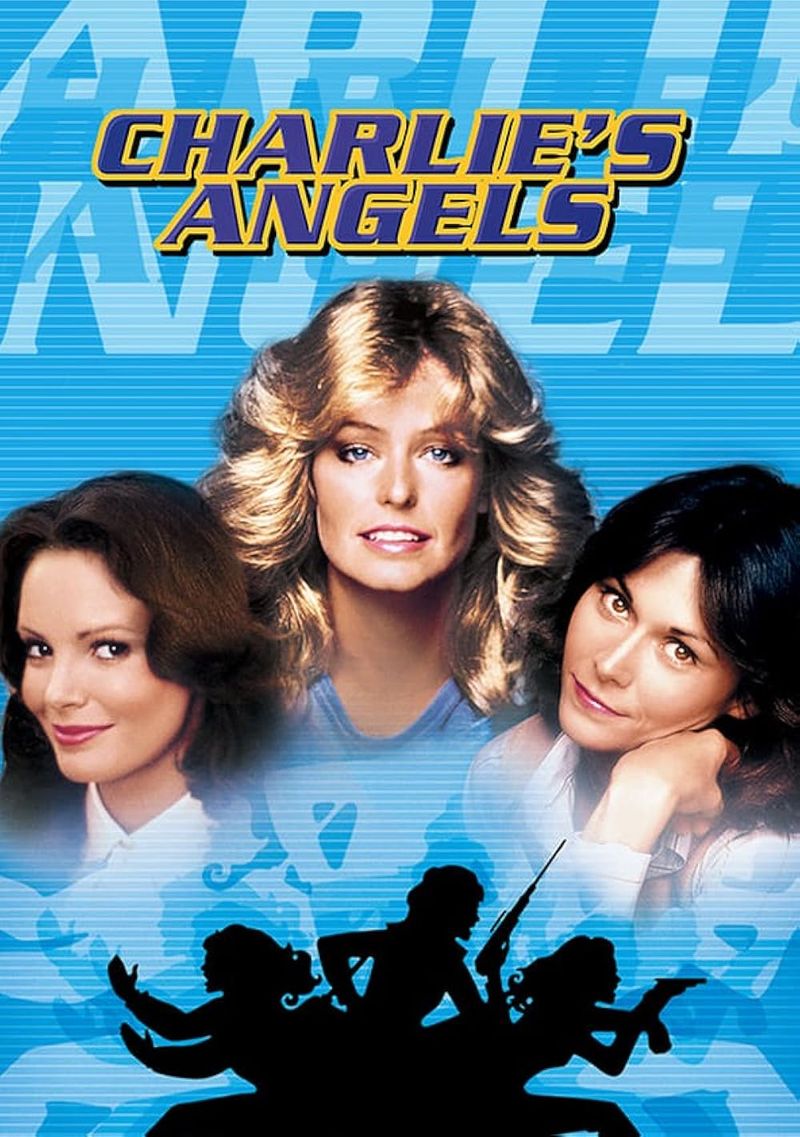
“Once upon a time, three little girls went to the police academy…” This opening narration introduced America to a phenomenon that dominated ’70s pop culture. The show that made Farrah Fawcett’s feathered hairstyle a national obsession was hailed as groundbreaking for featuring women in action roles.
Beneath the glamour, though, was a show that exploited its stars more than empowered them. Critics today point out how the Angels were constantly placed in situations requiring them to wear bikinis or go undercover as beauty contestants rather than using actual detective skills.
The paper-thin plots served mainly as vehicles to showcase the Angels in various states of undress. What once passed as female empowerment now reads as thinly disguised exploitation wrapped in a feminist veneer.
4. CHiPs (1977-1983)
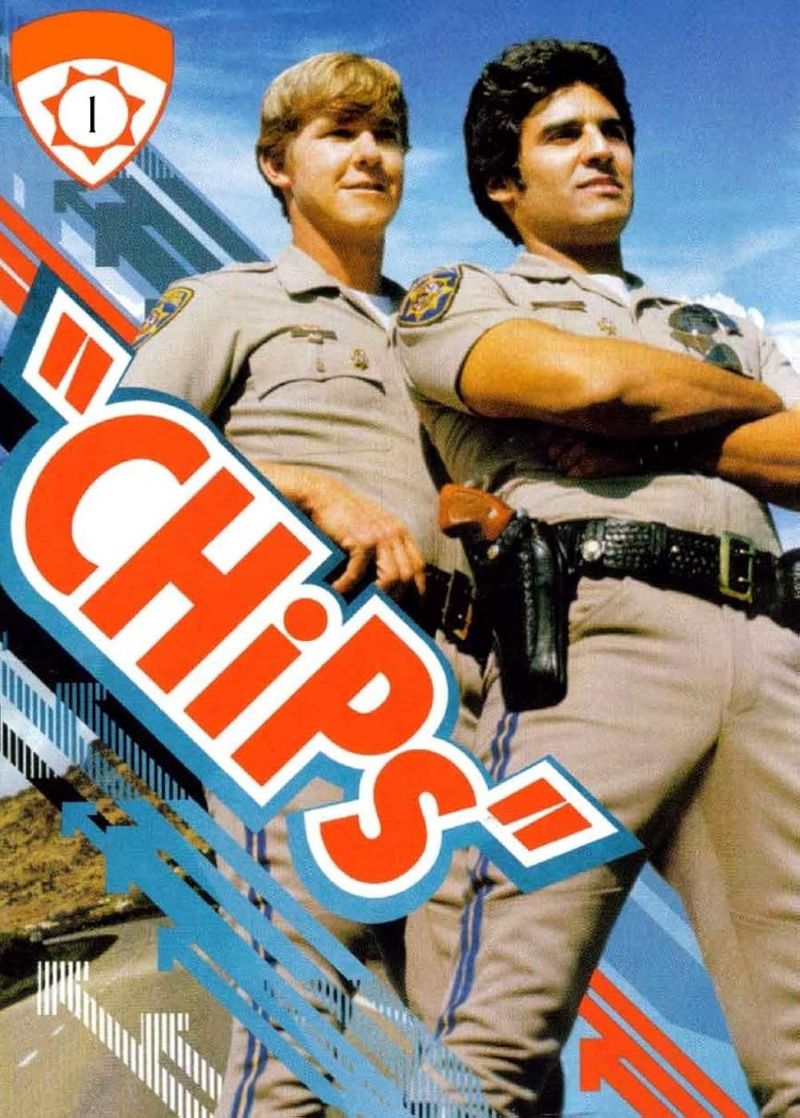
Motorcycle officers Ponch and Jon patrolled the California highways with perfect hair and blindingly white smiles. The action-packed adventures of these California Highway Patrol officers made viewers dream of sun-soaked freeways and heroic traffic stops.
Watching CHiPs today reveals just how shallow the show really was. The plots rarely ventured beyond minor traffic incidents, lost tourists, or the occasional small-time crook. Most episodes followed the same formula: some minor emergency, Ponch does something impulsive, Jon reins him in, then they solve the problem with minimal effort.
The show’s bizarre refusal to show officers drawing their guns (network restrictions at the time) further undermined any sense of real police work. What remains is a time capsule of disco-era California with impressive motorcycle stunts but little substance.
5. The Jeffersons (1975-1985)
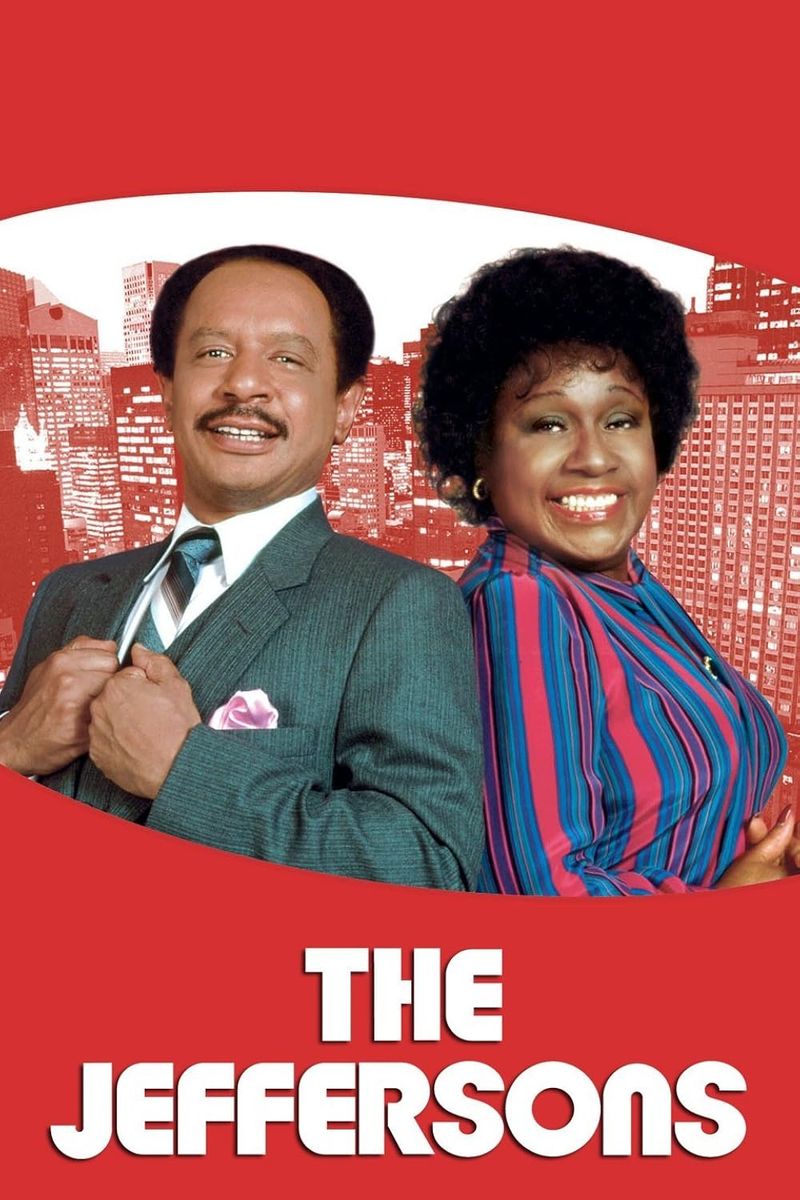
George and Louise Jefferson moved on up to a deluxe apartment, bringing Black success stories to mainstream television when such representation was rare. Their affluent lifestyle and George’s ownership of a dry cleaning chain presented a refreshing counterpoint to typical media portrayals of African-American families.
Despite its groundbreaking premise, The Jeffersons relied heavily on racial stereotypes that make modern viewers wince. George’s hot-headed personality and constant conflicts with his white neighbors seem one-dimensional now. The character of Florence, their maid, often fell into troubling servant stereotypes despite actress Marla Gibbs’ excellent performance.
While the show deserves credit for featuring television’s first interracial couple (the Willis family), its handling of race issues often sacrificed nuance for easy laughs that don’t resonate with today’s more socially conscious audiences.
6. All in the Family (1971-1979)
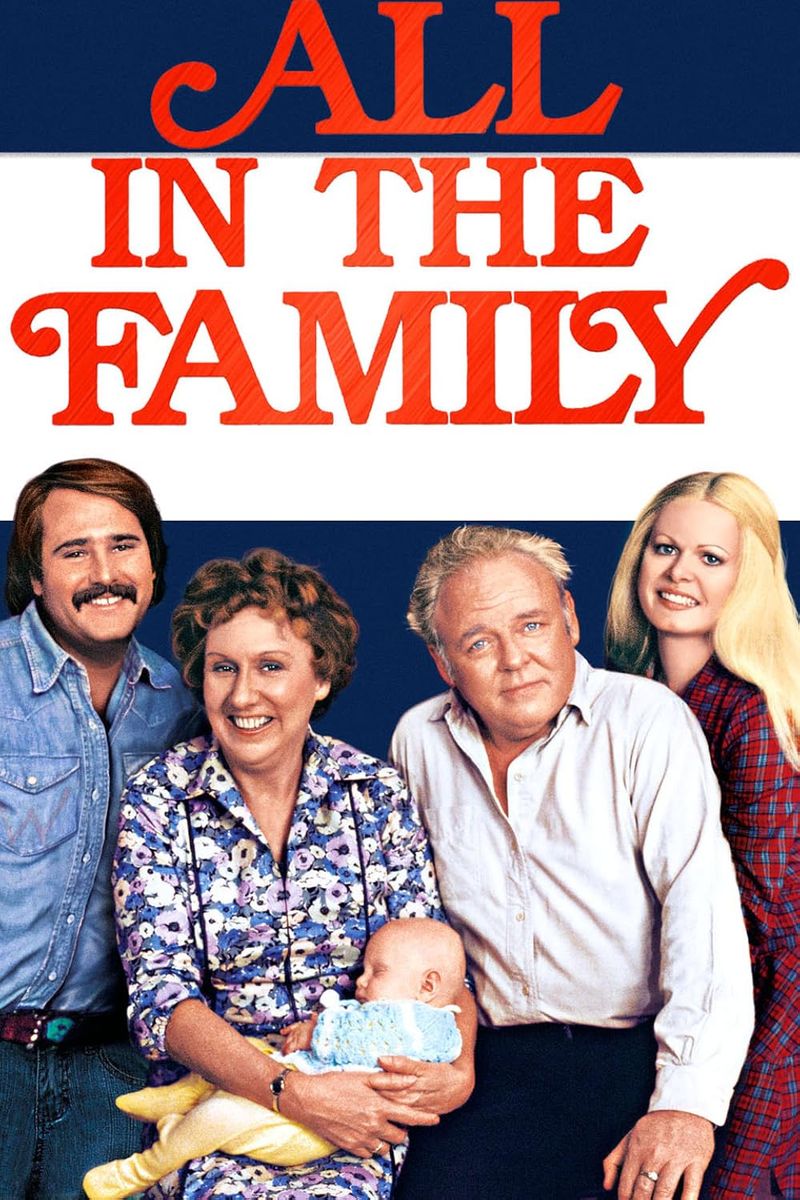
Norman Lear’s masterpiece shocked America by bringing real-world issues like racism, homosexuality, and women’s liberation into living rooms nationwide. Archie Bunker became an iconic character—the lovable bigot whose prejudices were meant to be laughed at, not with.
The problem? Many viewers missed the point entirely. Rather than seeing Archie as the butt of the joke, some embraced him as a truth-teller standing against political correctness. The slurs and insults that flew freely from Archie’s mouth were intended as satire, but they land differently in today’s context.
The show’s groundbreaking approach to tackling taboo subjects deserves immense credit, but its reliance on language that’s now considered hate speech makes it uncomfortable viewing for modern audiences who expect more nuanced handling of sensitive topics.
7. Temperatures Rising (1972-1974)
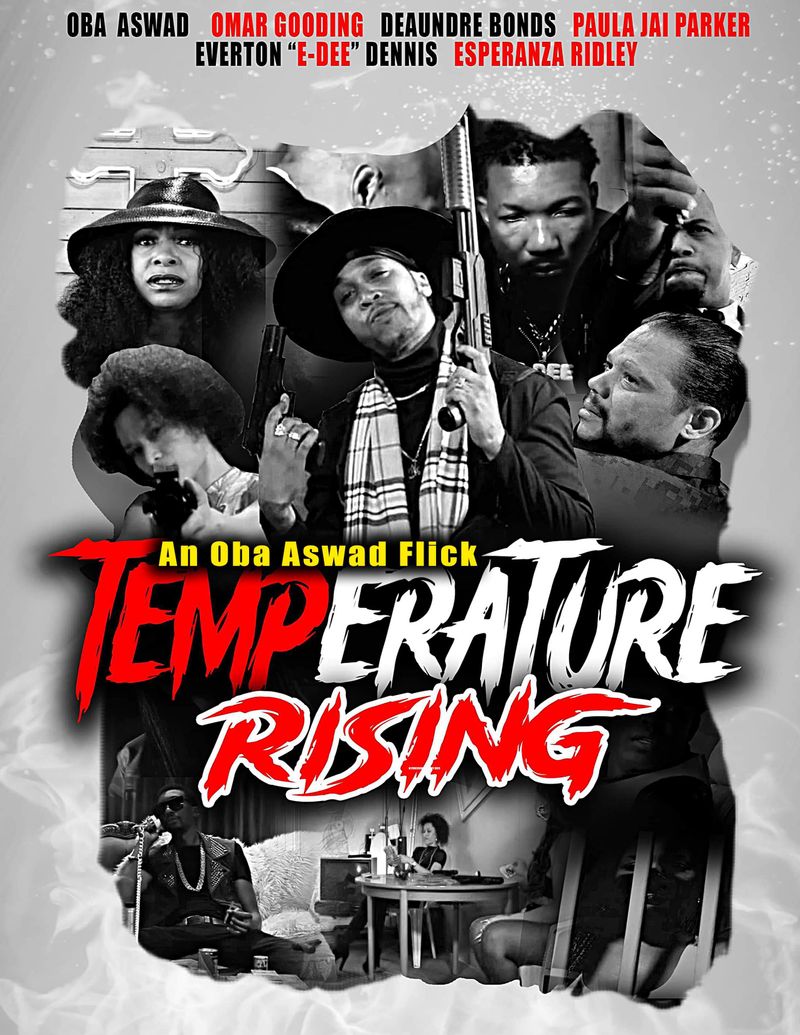
Hospital humor seemed like a sure bet for ABC when they launched this medical comedy set in a Washington D.C. hospital. The show underwent a complete overhaul between its two seasons, switching from James Whitmore as the straight-laced chief of surgery to Cleavon Little as a more comedic lead.
Neither version managed to find its footing. The humor oscillated uncomfortably between silly slapstick and attempts at M*A*S*H-style commentary on healthcare issues. Patients became punchlines rather than people, and medical procedures were treated as opportunities for wacky mishaps.
Even with talented performers like Cleavon Little (who would later star in Blazing Saddles), the show never developed the heart or wit needed to sustain interest. It remains a footnote in TV history—a failed experiment in finding humor in hospital hallways.
8. Kolchak: The Night Stalker (1974-1975)
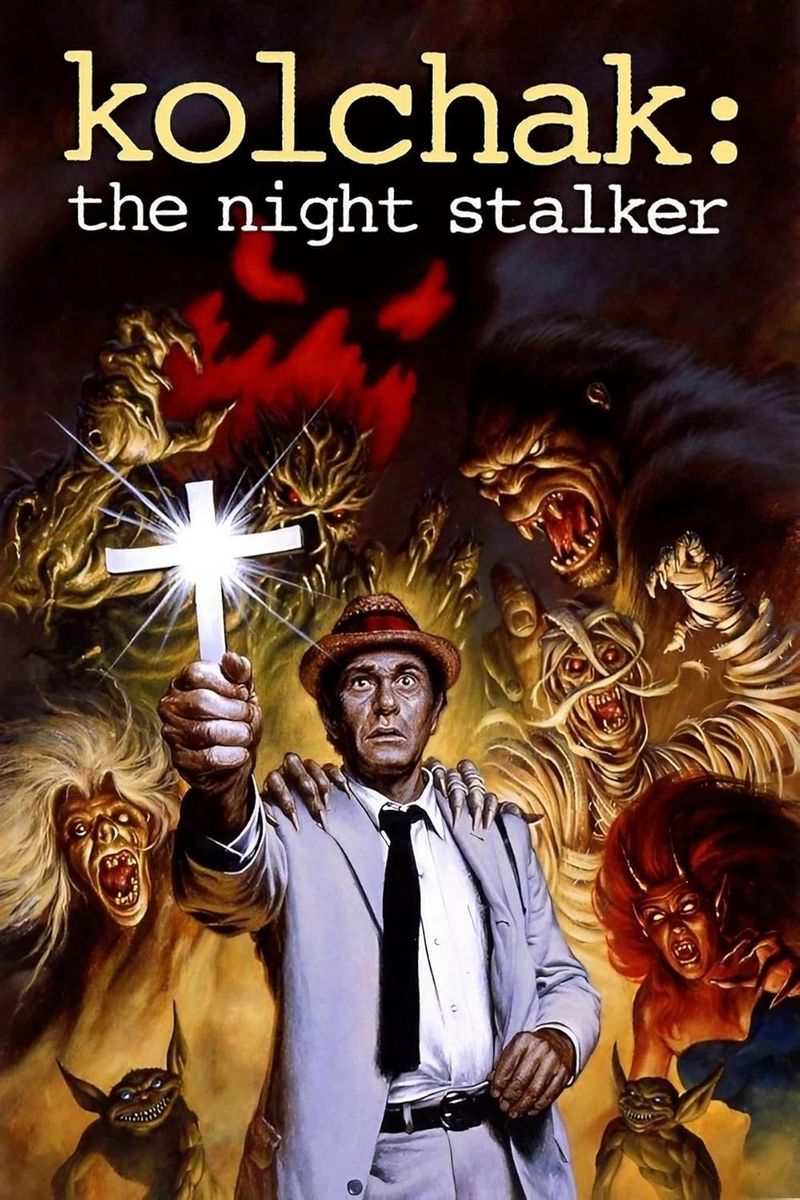
Carl Kolchak roamed Chicago’s streets in his rumpled seersucker suit, hunting monsters that no one else believed existed. As TV’s first paranormal investigator, Darren McGavin’s scrappy reporter paved the way for later shows like The X-Files (creator Chris Carter openly acknowledged the influence).
Despite its cult following, Kolchak suffered from repetitive storytelling and budget constraints that made its monsters look increasingly laughable. Each week followed the same formula: Kolchak discovers supernatural activity, investigates alone, confronts the monster, then watches his evidence disappear before he can publish.
The show’s greatest weakness was its inability to evolve beyond its monster-of-the-week format. Without developing Kolchak’s character or creating a mythology, it quickly exhausted its premise. Modern viewers accustomed to sophisticated horror storytelling find the show’s primitive effects and standalone episodes quaint rather than frightening.
9. Supertrain (1979)
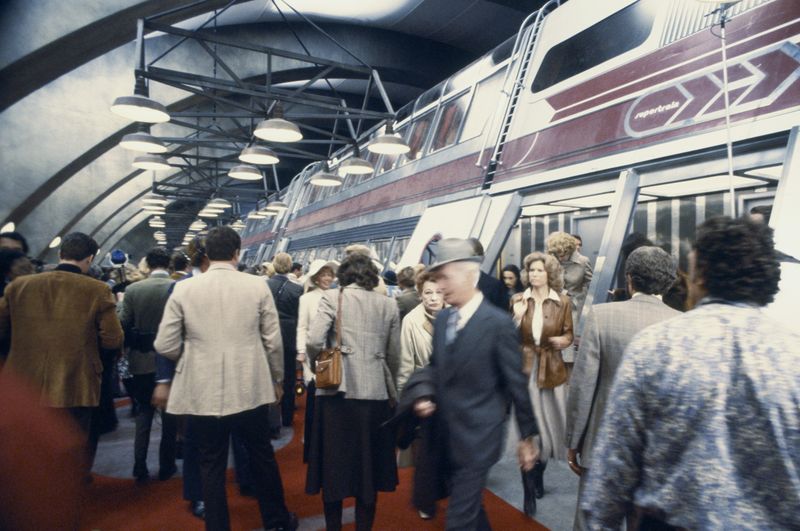
NBC bet the network’s future on what they hoped would be The Love Boat on rails. This nuclear-powered luxury train featured swimming pools, shopping malls, and a disco—all cruising across America at 190 mph while guests enjoyed romantic adventures and mysterious encounters.
The show derailed spectacularly, becoming one of the most expensive failures in television history. The massive model trains used for exterior shots repeatedly malfunctioned, sometimes catching fire during filming. The astronomical $10 million production cost (equivalent to over $35 million today) couldn’t buy compelling characters or interesting stories.
Viewers quickly abandoned the slow-moving behemoth despite its star-studded guest roster. After just nine episodes, Supertrain crashed so hard it nearly bankrupted NBC, serving as a cautionary tale about prioritizing high-concept gimmicks over solid storytelling.
10. Me and the Chimp (1972)
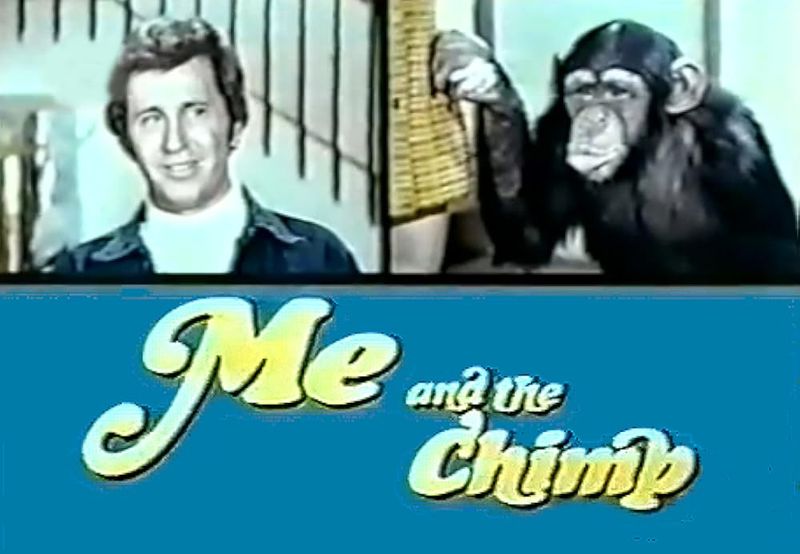
Ted Bessell, fresh off his success as Donald on That Girl, starred in this CBS oddity about a dentist who adopts Buttons, a chimpanzee rejected by the space program for being too smart. The premise—a chimp causing household chaos while a human family tries to cope—was thin from the start.
The show relied almost entirely on the novelty of watching a real chimpanzee knock things over and make messes. Once that wore off (which happened almost immediately), viewers were left with nothing but predictable slapstick and the uncomfortable reality of watching a wild animal forced to perform.
Modern animal welfare concerns make the show particularly cringe-worthy today. The constant scenes of the chimp dressed in human clothes, performing tricks, and being treated as a misbehaving child rather than a wild animal feel exploitative and cruel through contemporary eyes.
11. Dusty’s Trail (1973)
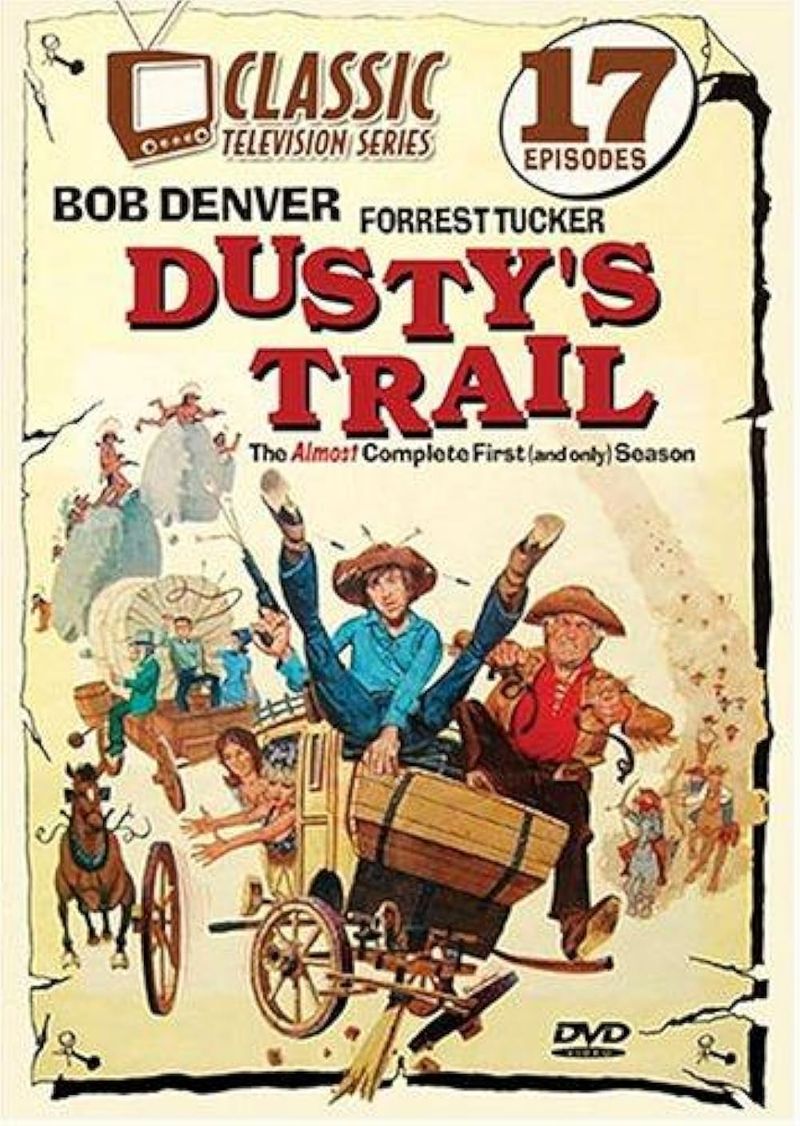
Lightning rarely strikes twice, as Gilligan’s Island creator Sherwood Schwartz discovered with this frontier-set clone. Bob Denver (Gilligan himself) starred as Dusty, a bumbling trail scout leading a wagon train lost in the wilderness—essentially Gilligan in a cowboy hat.
The show copied its predecessor’s formula with shameless precision: seven stranded travelers, each representing different social classes, getting into weekly predicaments thanks to Dusty’s incompetence. Even the characters were direct translations—the Skipper became a wagon master, the millionaire became a banker, and so on.
Viewers quickly recognized the recycled concept and tuned out after just 26 episodes. The western setting couldn’t disguise the lack of original ideas, and the show vanished into TV obscurity. Today, it serves mainly as a footnote illustrating how desperately networks tried to recapture past successes.
12. Turn-On (1969)
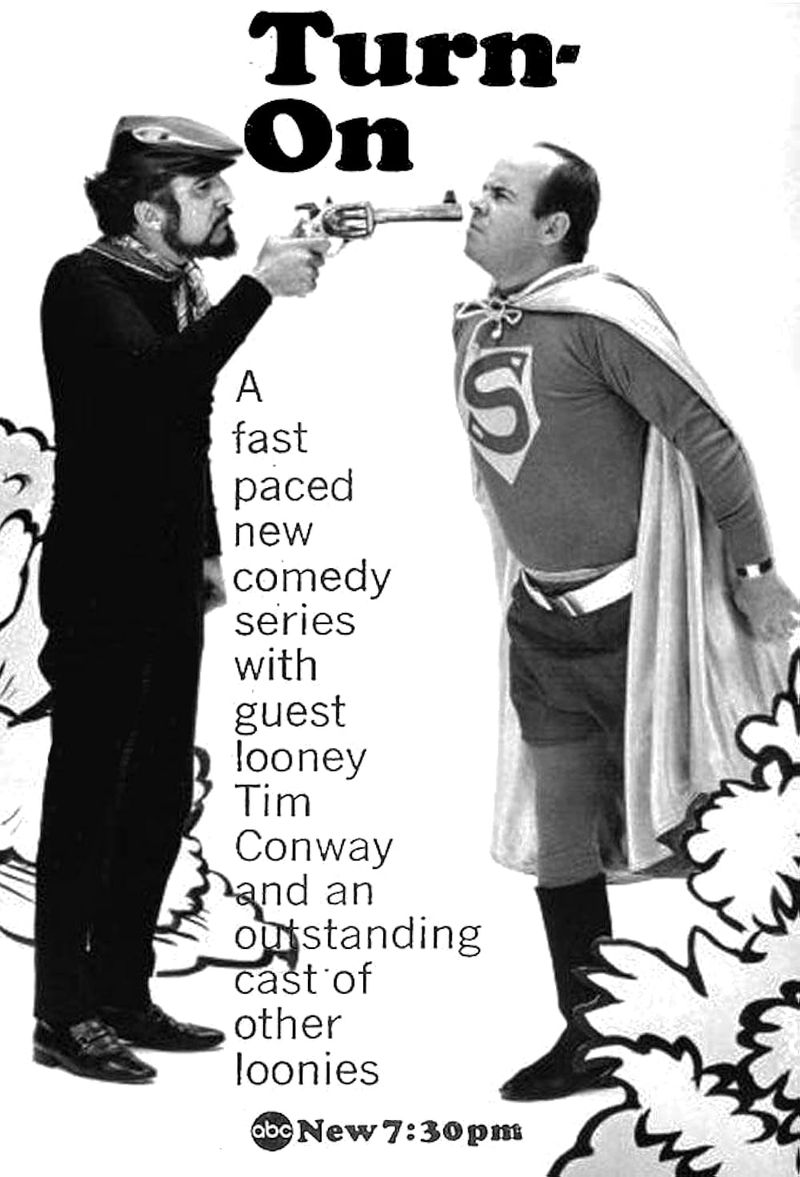
Though technically premiering in 1969, Turn-On deserves mention as television’s most spectacular flop—a show so controversial it was canceled during its first commercial break in some markets. Created by the team behind Laugh-In, this rapid-fire sketch comedy pushed boundaries with sexual innuendo, political satire, and experimental electronic music.
The show’s frantic pace, generated by a computer theme, disoriented viewers accustomed to traditional variety shows. Sketches lasted mere seconds, flashing by in a psychedelic blur of provocative content that shocked network executives as much as audiences. Some affiliates refused to return to the program after the first commercial break.
Only one episode ever aired, making Turn-On a legendary disaster that network executives used as a cautionary tale for decades. Its attempt to capture the counterculture zeitgeist backfired so dramatically that it remains the standard by which all TV failures are measured.
13. He & She (1967-1968)
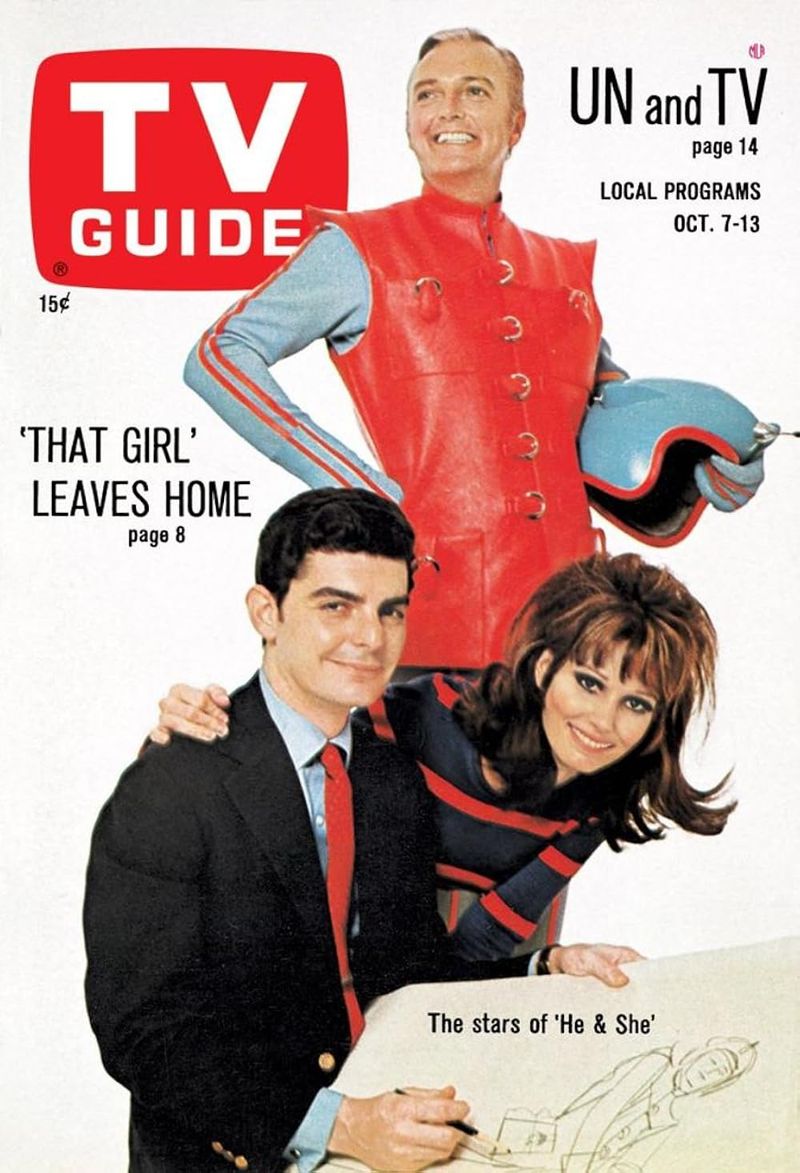
Paula Prentiss and Richard Benjamin starred in this sophisticated comedy about a cartoonist and his social worker wife living in New York City. Despite premiering in the late ’60s, the show’s smart writing and progressive portrayal of marriage influenced countless ’70s sitcoms that followed.
Critics adored the show’s witty dialogue and the chemistry between its real-life married stars. He & She portrayed a relationship between equals—revolutionary for its time—and featured a stellar supporting cast including Jack Cassidy and Kenneth Mars. The humor came from character interactions rather than contrived situations.
Unfortunately, sophisticated comedy couldn’t compete with rural-themed shows dominating ratings at the time. CBS canceled it after one season despite its Emmy win. Modern viewers who discover He & She are often surprised by how contemporary it feels—a show too smart and progressive for its era.
14. Manimal (1983)
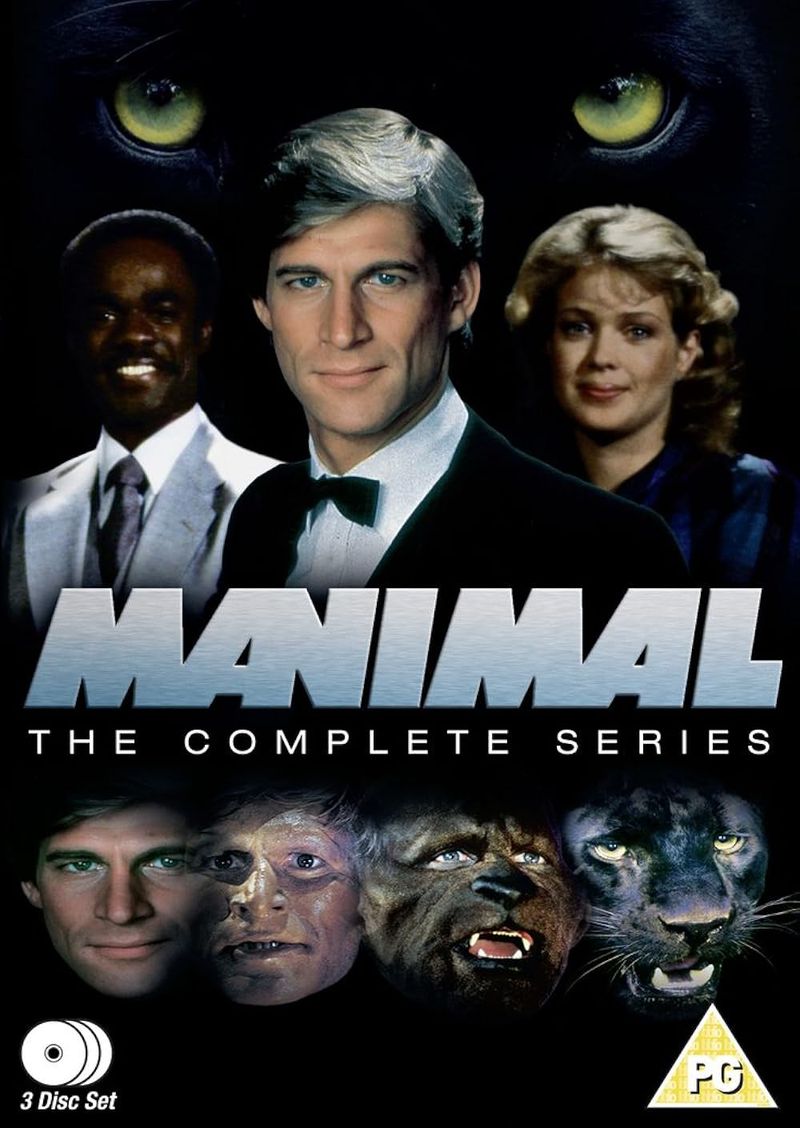
Dr. Jonathan Chase possessed a unique secret—he could transform into any animal at will. “The secrets of animal metamorphosis I now share with mankind,” he declared in the opening credits, though his powers were mainly used to solve crimes with a police detective.
While technically an ’80s show, Manimal embodied the cheesy excesses of late ’70s television so perfectly it deserves inclusion. The transformation sequences—shown repeatedly in every episode to maximize value from the expensive special effects—quickly became tedious. Budget limitations meant Chase primarily transformed into a hawk or panther, rarely exploring more creative animal options.
The concept was inherently ridiculous, but the show took itself completely seriously. Star Simon MacCorkindale delivered his lines with Shakespearean gravity while turning into animals to chase purse-snatchers. After eight episodes, NBC mercifully put this evolutionary mistake out of its misery.
15. On the Buses (1969-1973)
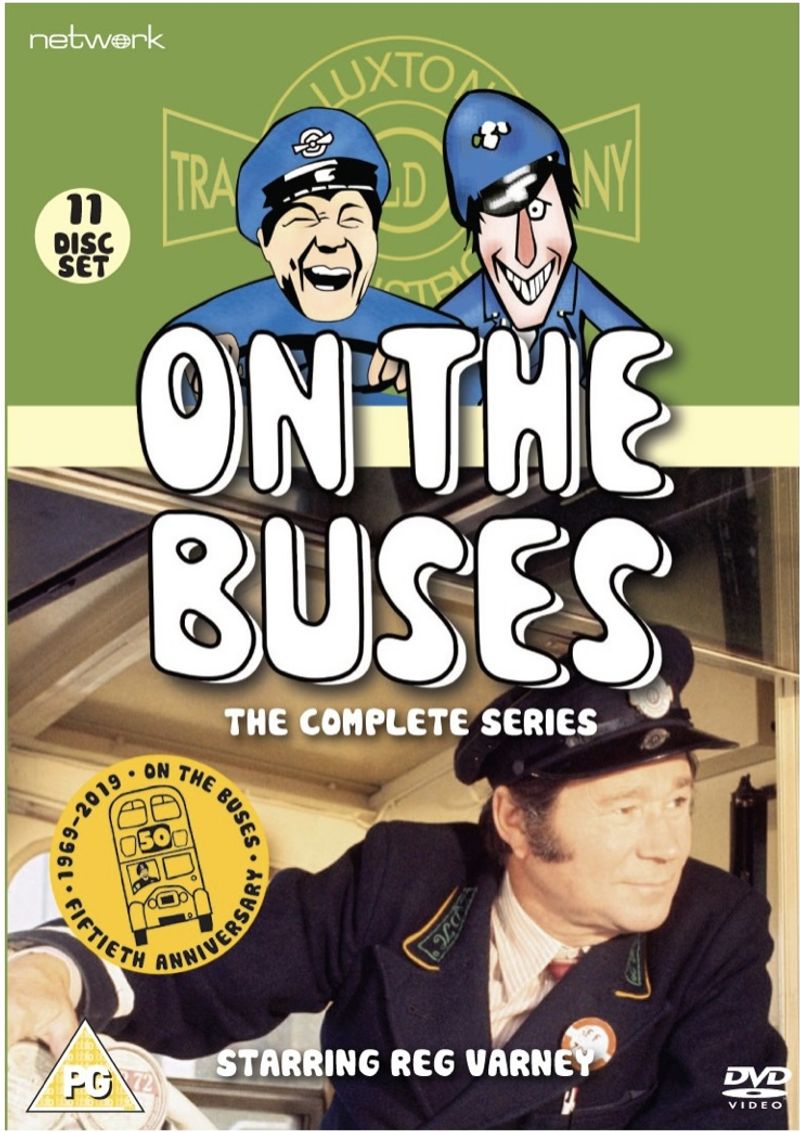
This British sitcom about bus drivers and conductors dominated UK ratings with its bawdy humor and working-class setting. Bus driver Stan Butler and his conductor Jack spent their days avoiding work, chasing women (called “birds” in the show), and antagonizing their supervisor, Inspector Blake (“Blakey”).
The humor hasn’t just aged poorly—it’s practically fossilized. Women exist solely as sexual objects for the male characters’ constant leering and harassment. The repeated jokes about “clippies” (female conductors) being either unattractive or sexual targets feel particularly uncomfortable today.
Even more troubling is the show’s casual racism toward immigrant characters. What passed as harmless fun in early ’70s Britain now appears as a catalog of offensive stereotypes and workplace harassment that would result in immediate termination and lawsuits in any modern workplace.

Comments
Loading…